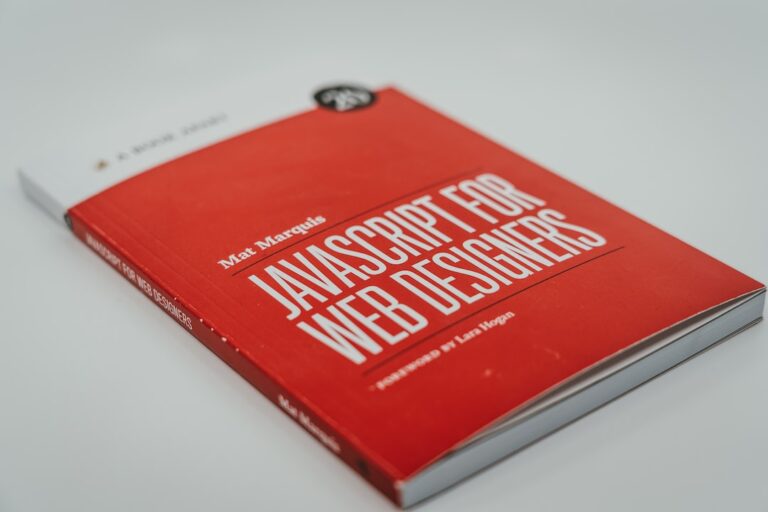Java, a versatile and widely-used programming language, offers a plethora of methods to manipulate and handle strings. One common task that developers often encounter is extracting the first and last characters from a string. In this guide, we will delve deep into the methods Java provides for this purpose and demonstrate their usage with clear examples.
1. Utilizing the charAt() Method
Java's String class provides the charAt() method, which allows developers to retrieve a character at a specific index of a string.
public class StringCharacterRetrieval {
public static void main(String[] args) {
String example = "Developer";
char firstCharacter = example.charAt(0);
char lastCharacter = example.charAt(example.length() - 1);
System.out.println("First character: " + firstCharacter);
System.out.println("Last character: " + lastCharacter);
}
}In the above code, we retrieve the first and last characters of the string "Developer" using the charAt() method. The output will be:
First character: D
Last character: r2. Converting String to Character Array
Another approach to extract the first and last characters is by converting the string into a character array.
public class ArrayCharacterRetrieval {
public static void main(String[] args) {
String example = "Software";
char[] charArray = example.toCharArray();
char firstCharacter = charArray[0];
char lastCharacter = charArray[charArray.length - 1];
System.out.println("First character: " + firstCharacter);
System.out.println("Last character: " + lastCharacter);
}
}This method is particularly useful when you need to perform operations on individual characters of a string.
3. Working with StringBuffer and StringBuilder
Both StringBuffer and StringBuilder classes in Java implement the CharSequence interface. This means that they too can utilize the charAt() method directly.
public class BufferBuilderCharacterRetrieval {
public static void main(String[] args) {
StringBuffer bufferExample = new StringBuffer("Algorithm");
char firstFromBuffer = bufferExample.charAt(0);
char lastFromBuffer = bufferExample.charAt(bufferExample.length() - 1);
System.out.println("From StringBuffer - First character: " + firstFromBuffer);
System.out.println("From StringBuffer - Last character: " + lastFromBuffer);
StringBuilder builderExample = new StringBuilder("Function");
char firstFromBuilder = builderExample.charAt(0);
char lastFromBuilder = builderExample.charAt(builderExample.length() - 1);
System.out.println("From StringBuilder - First character: " + firstFromBuilder);
System.out.println("From StringBuilder - Last character: " + lastFromBuilder);
}
}Exception Handling with charAt()
While the charAt() method is straightforward and efficient, it's crucial to handle potential exceptions that might arise during its use. One of the most common exceptions is the IndexOutOfBoundsException.
public class ExceptionHandlingExample {
public static void main(String[] args) {
String example = "Java";
try {
char character = example.charAt(10); // This will throw an exception
System.out.println(character);
} catch (IndexOutOfBoundsException e) {
System.out.println("The provided index is out of bounds for the string.");
}
}
}Key Takeaways
- The
charAt()method is a powerful tool for retrieving characters at specific indices. - Always remember that string indices are zero-based.
- Converting a string to a character array provides an alternative method for character retrieval.
StringBufferandStringBuilderalso support thecharAt()method due to their implementation of theCharSequenceinterface.


